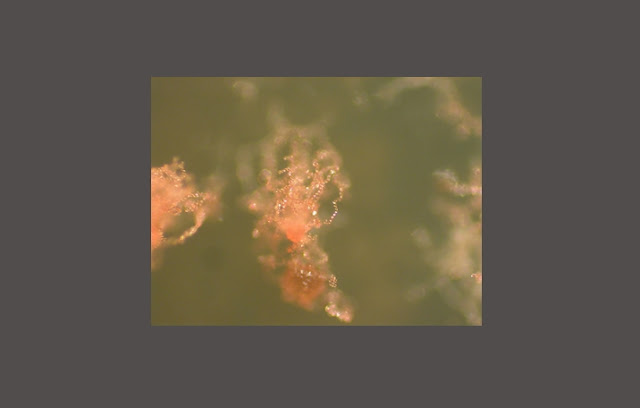A. UNDERSTANDING THE DEFINITION OF
FUNGI-LIKE PROTISTS
Protist is a living group of eukaryotic that are not
included into the Fungi (Mushrooms) kingdom. Fungi-like Protists has similar
characteristics with the true fungi, some of those are ; both live in damp
areas, the results of their asexual reproduction process will produce spores, they
do not have chlorophyll so they are heterotrophic (getting food from other
living beings).
The differences between Fungi-Like Protists and True
Fungi are :
- Zygote of Fungi-Like Protists can move using flagella or the cell contraction (motile zygote) whereas the true fungi zygote can not move (immotile).
- The cell walls of the Fungi-Like Protists (Oomycota phylum) composed of cellulose, whereas the true fungi are composed of chitin.
- Fungi-Like Protists have a cell membrane that is more similar to algae.
B. CLASSIFICATION AND CHARACTERISTICS OF
FUNGI-LIKE PROTISTS
Fungi-Like Protists are classified into three major
groups, namely:
1. Myxomycota
(Slime Mold Plasmodium)
Myxomycota also known as Slime Mold Plasmodium. All
members are heterotrophic because they can not perform photosynthesis and is
unable to produce its own food. Slime Mold Plasmodium usually have a bright
color pigments, can be yellow or orange. In its life cycle, there is a phase in
which Myxomycota produce amoeboid cells (cells that can live freely) called
Plasmodium. Well, this plasmodium can grow to size reaches centimeters (cm),
however, this group mostly remains as a unicellular organism, they have large
size because of their cell membrane structure and their many nucleus.
 |
| MYXOMYCOTA (SLIME MOLD PLASMODIUM) |
Habitat of slime mold is moist areas, such as
forests, rotten wood, wet waste, etc. Food from the slime molds can be a
bacteria, spores, pests, or other organic components. Plasmodium swallow and
digest food through the process of phagocytosis. When food is lacking, then the
hungry amoeboid cells will combine to form a mass that similar to mucus. they
will move to an environment which provide a more food, the movement is done by
the contraction of each cell. If the environment is dry and there is no food
left, plasmodium will stop growing then differentiate and re-entry into the
stage of sexual reproduction in its life cycle. Example of this group is
lycogola sp.
2. Acrasidae (Acrasiomycota)
Acrasidae a cellular Slime Mold, unlike the
Myxomycota which is a plasmodium slime mold. The basic difference between them
is acrasidae a haploid organisms (only one set of chromosomes), only their
zygote are diploid (two sets of chromosomes). While most of Myxomycota lived
his life as a diploid organism. acrasidae or cellular slime mold has a body
whose function is to produce spores when asexual reproduction occurs. Acrasidae
do not have a flagella. Acrasidae species that have been identified is about 60
species.
 |
| ACRASIDAE |
There is a phase in its life cycle when they live
solitary (alone) to search food, but when food is lacking, then they would
merge into a mass and move to a place that has a more food. In extreme
conditions, When it is very difficult to get food, then they will become
resistant spores. When spores successfully passed the difficult phase, then he
would grow into a new individual. One of the member is Dictyostelium.
3. Oomycota (Water
Mushroom)
Actually the name of the water mushroom is not fit to
Oomycota, because not all of them lice in aquatic habitats.
"Oomycota" comes from "Oo" meaning egg and
"Mycota" means mushroom. Most oomycota life as decomposer and plays
an important role in aquatic habitats. Some members also live as parasites.
Oomycota reproduction can occur asexually and sexually. In Asexual they will
form zoospores that will be a new organism when it fall to the right place.
While sexually with mating of male gametes and female gametes.
 |
| OOMYCOTA (WATER MUSHROOM) |
Oomycota cell wall is cellulose, in contrast to the
true fungi which cell walls in the composed of chitin. Some groups that live as
parasites can be pathogenic to plants. Oomycota can produce asexual spores form
zoospores and can produce sexual spores form oospore. Example of its member is
Phytium sp.


